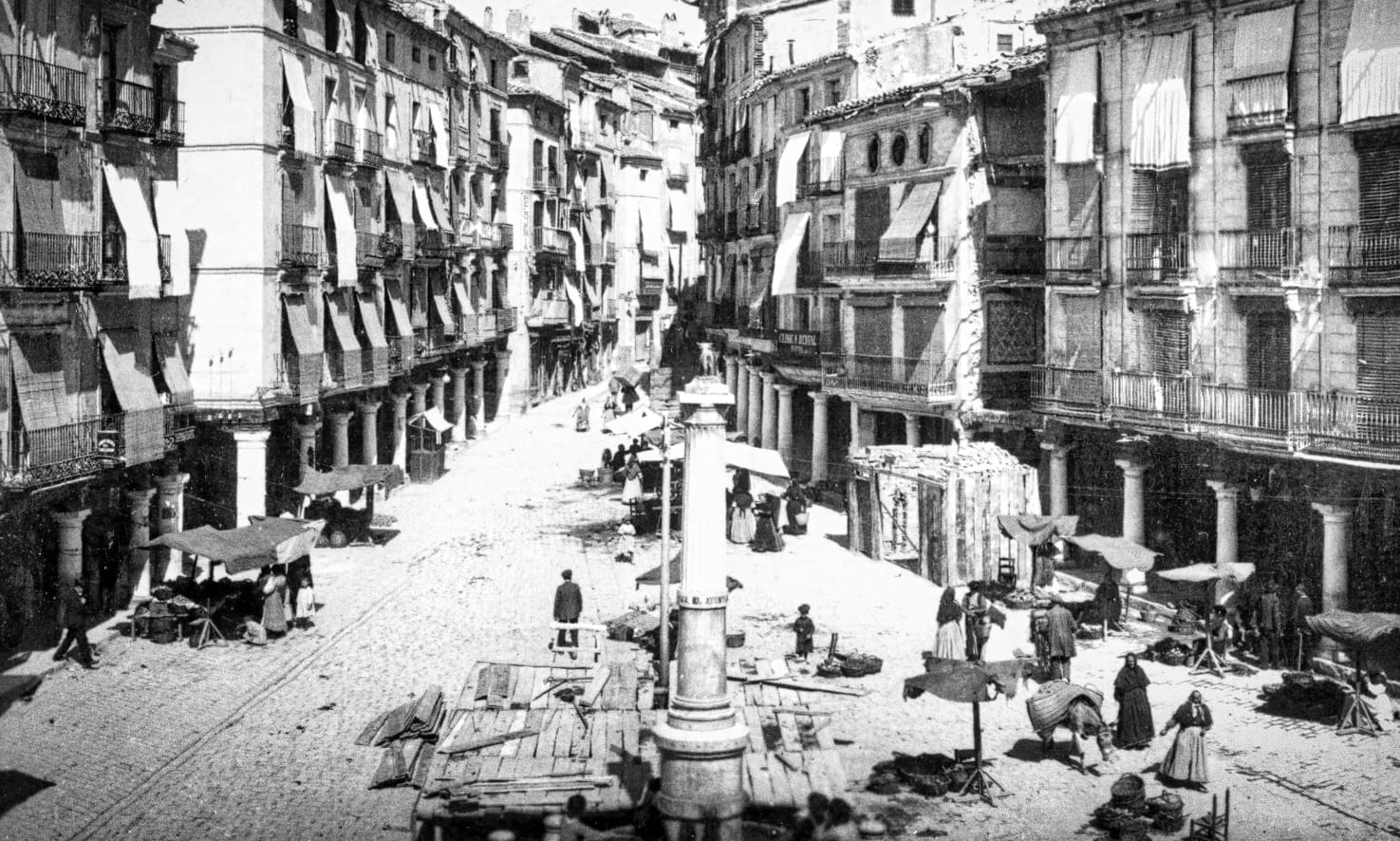Contemporary Age
The 19th century was rich in events. During the War of Independence, the city was occupied by French forces until 1813. En las guerras carlistas, la ciudad se alineó con el bando liberal y, en la tercera, sus murallas aguantaron el asedio al que fue sometida.During the War of Independence, the city was occupied by French forces until 1813. It was at the end of this century and the beginning of the 20th century when, as a result of a certain development of the local bourgeoisie, the town experienced a period of economic prosperity. The fruit of this enrichment is the city's rich modernist heritage.
During the Civil War of 1936-39, Teruel was the scene of one of its bloodiest battles. The events of the war, coupled with low temperatures, left scars that were difficult to heal on both sides. After the war, reconstruction work began, which partially modified the areas of its urban planning. After the arrival of democracy, the city tried to join the country's economic growth with the development of communications.


